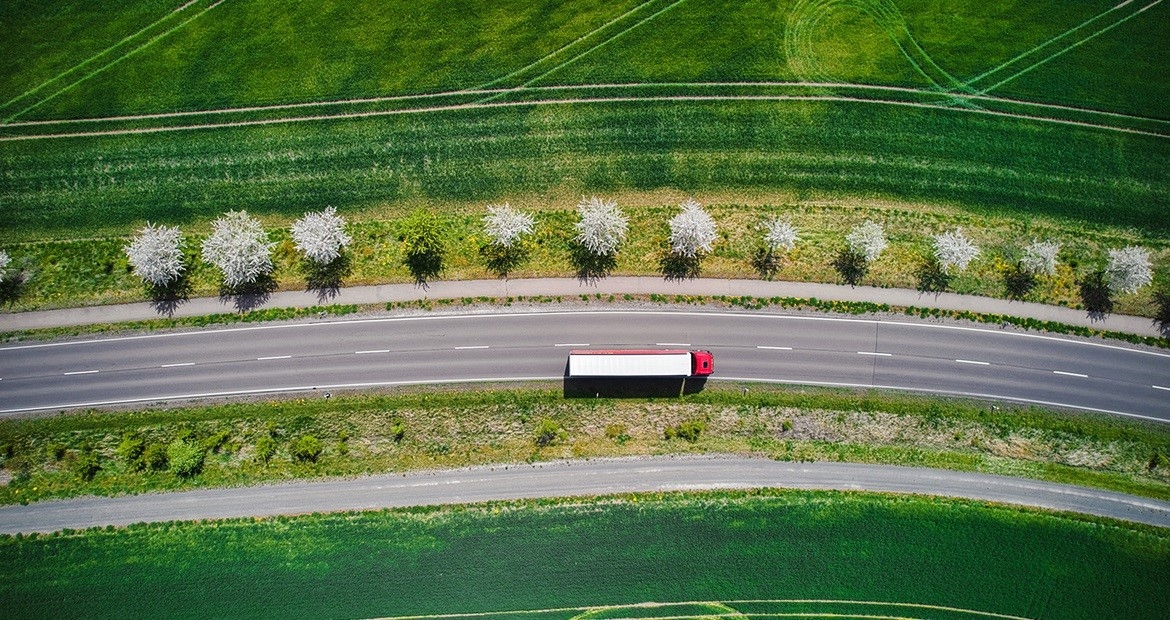Natural gas is well-positioned to fuel vehicles for today’s energy transition
By Traci Kraus, Director, Government Relations

Natural gas powers more than 175,000 vehicles in the United States and 23 million vehicles worldwide. It’s an ideal alternative to gasoline and diesel for heavy and medium-duty applications. These include freight-hauling trucks, buses, and garbage trucks. Natural gas engines provide horsepower, acceleration, and cruise speed comparable to conventional fossil fuel engines. This fuel can also replace gasoline in smaller applications, such as forklifts and commercial lawn equipment.
Natural gas engines reduce emissions and environmental risks
Many companies are setting carbon reduction targets for tailpipe emissions. Fleets can meet these requirements by replacing older vehicles or generators that run on diesel to new ones that use natural gas.
Switching to natural gas can reduce hydrocarbons, carbon dioxide (CO2), nitrous oxide and other greenhouse gas (GHG) emissions. The size of the reduction depends on vehicle type, duty cycle, and engine calibration. Vehicles that use compressed natural gas (CNG) can reduce their GHG emissions by 13-18%. That percentage is a lot higher when using renewable natural gas (RNG) or a blend between the two gases.
Natural gas vehicles offer additional air quality and environmental justice benefits too. They emit almost no particulate matter, volatile organic compounds or carbon monoxide which lead to poor air quality.
There are also other environmental risks that can be eliminated. For example, natural gas can’t spill because it’s lighter than air. It doesn’t puddle or cause ground contamination like a diesel or gasoline spill would.
Renewable natural gas is a carbon neutral fuel alternative
RNG is manufactured from agricultural by-products and organic waste from food manufacturing, farming and groceries. The systems needed to fuel a vehicle with RNG or with fossil natural gas are identical. Both fuels are interchangeable and can be blended. National, state and local incentives for RNG projects are also available. RNG is considered a carbon neutral fuel and it can even be carbon negative when using waste from landfills -that’s at least a 100% GHG reduction!
RNG provides more benefits than CNG. Methane (CH4) from a landfill or a wastewater treatment facility is typically vented into the atmosphere. Its global warming potential (GWP) is more than 25 times greater than CO2. That makes capturing and refining methane into a fuel for natural gas engines a better alternative.
Enabling fleets to more affordable engine solutions with natural gas
Natural gas engines meet stringent environmental standards with less complicated emissions controls. As a result, they offer an affordable advantage over diesel engines.
Additional cost savings can be achieved by converting conventional vehicles to run on natural gas. Kits are available to retrofit existing fleets. And automotive original equipment manufacturers (OEMs) offer natural gas versions of their medium and heavy-duty vehicles.
Natural gas refueling stations also can be less expensive to construct than those for hydrogen (H2) or electric vehicles. Their proven equipment and systems are less complex.
National gas also allows fleets to better predict operational costs. The fuel itself costs less than gasoline and diesel. In some areas, natural gas can even be half of the price of diesel. These prices have remained relatively flat for 20 years. This helps fleet operators by being able to reliably forecast monthly and yearly natural gas costs.
Expanding the natural gas supply for national energy independence
The United States has an estimated 2,926 trillion cubic feet of natural gas — enough to last about 98 years. In 2021, 64% of all on-road fuel used in natural gas engines was renewable natural gas. That percentage increases in California, where it’s 98%. The growing use of RNG further diversifies domestic energy supplies.
Natural gas is readily available through established distribution channels. Supplies are so abundant that natural gas is also compressed and exported. It moves across the United States through a pipeline network that links production areas and storage facilities with 77 million customers.
Compressor stations utilize natural gas engines to keep fuel flowing to distribution companies. They deliver natural gas to consumers through small-diameter, lower-pressure service lines.
Natural gas is available at nearly 900 compressed natural gas (CNG) stations. Another 60 liquefied natural gas (LNG) fueling stations are located in areas that service long-haul trucks.
Refueling is done at:
- Fast-fill stations, where natural gas vehicles can fill up in about the same time it takes to refuel gas and diesel vehicles
- Long-fill stations, where natural gas vehicles slowly fill up overnight or during extended breaks between trips
In summary, natural gas engines can help fleets lower their total transportation emission and operating costs without major disruptions to their day-to-day operations. Natural gas, as a fuel, has a key role to play in our renewable future.
Author Profiles

Traci Kraus, Director, Government Relations
Traci Kraus is a Director of Government Relations where she leads US federal advocacy for Cummins. She focuses on energy, climate, hydrogen, transportation and budget legislative and regulatory issues. Prior to joining Cummins, Traci worked for former U.S. Senator Russ Feingold. She has a Master’s in Public Administration from the George Washington University and B.A.s in Government and Politics and Communication from the University of Maryland in College Park. She is originally from Chicago, and now lives outside of Washington, D.C. with her husband, Aaron and two children Liam (8) and Sloane (5).